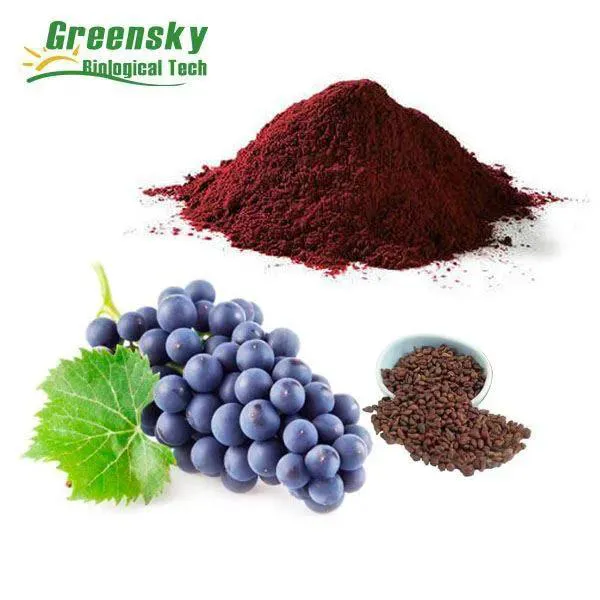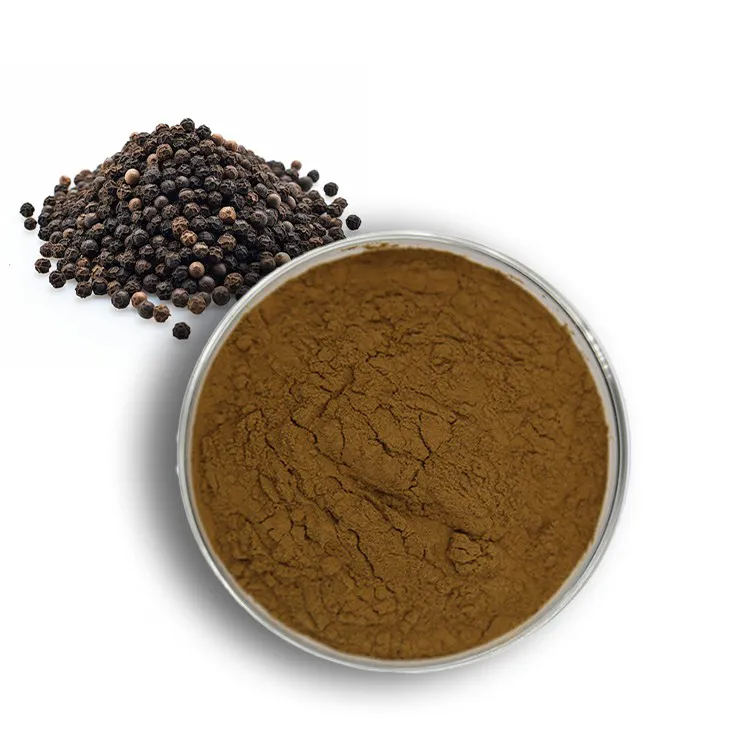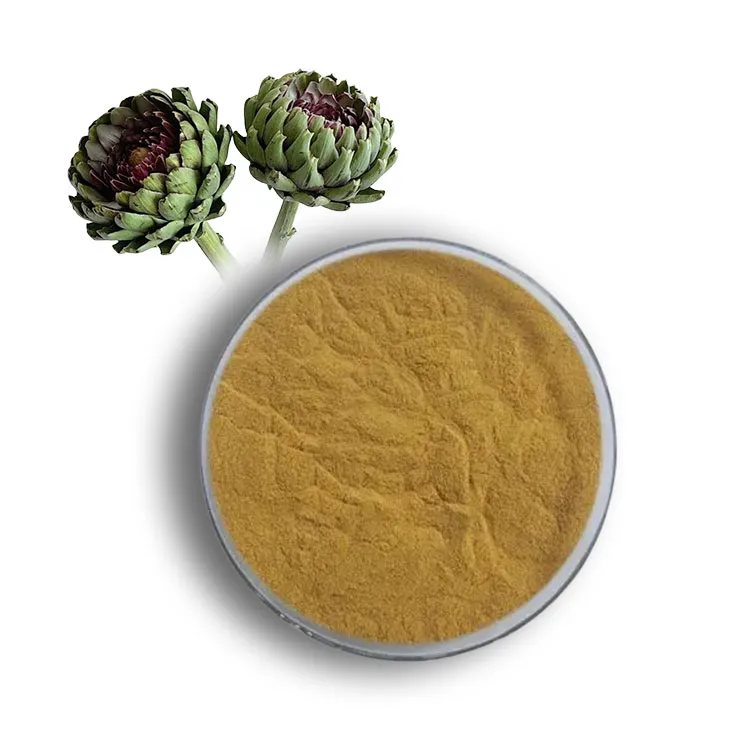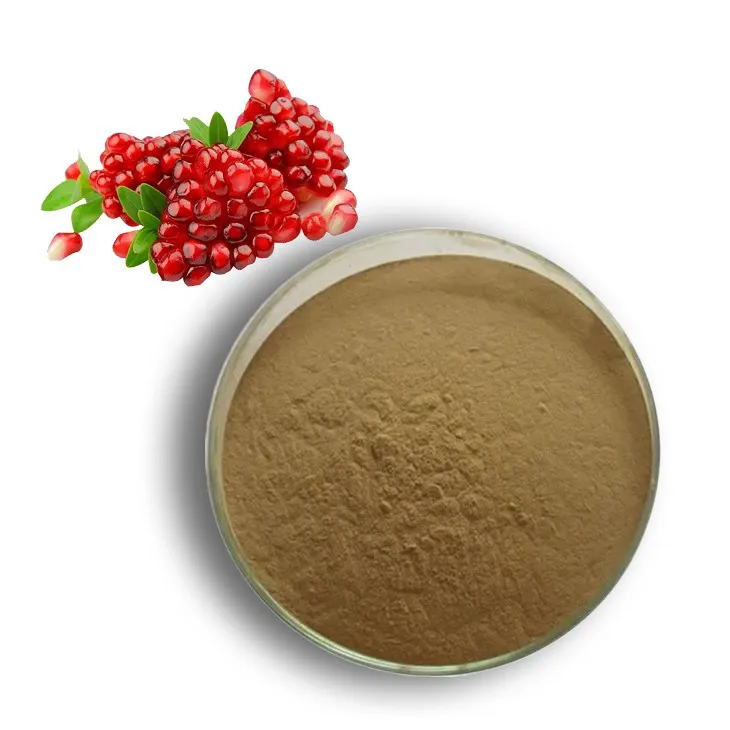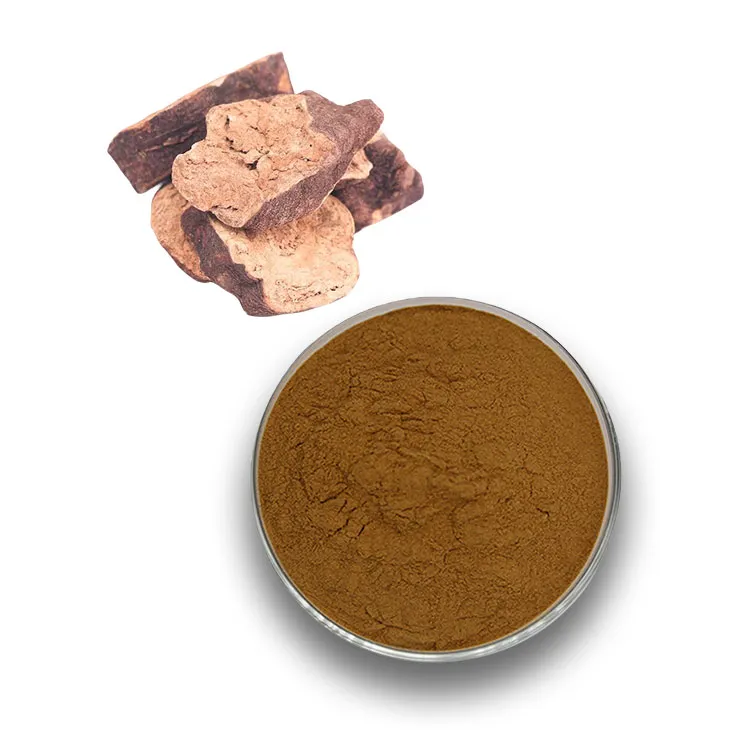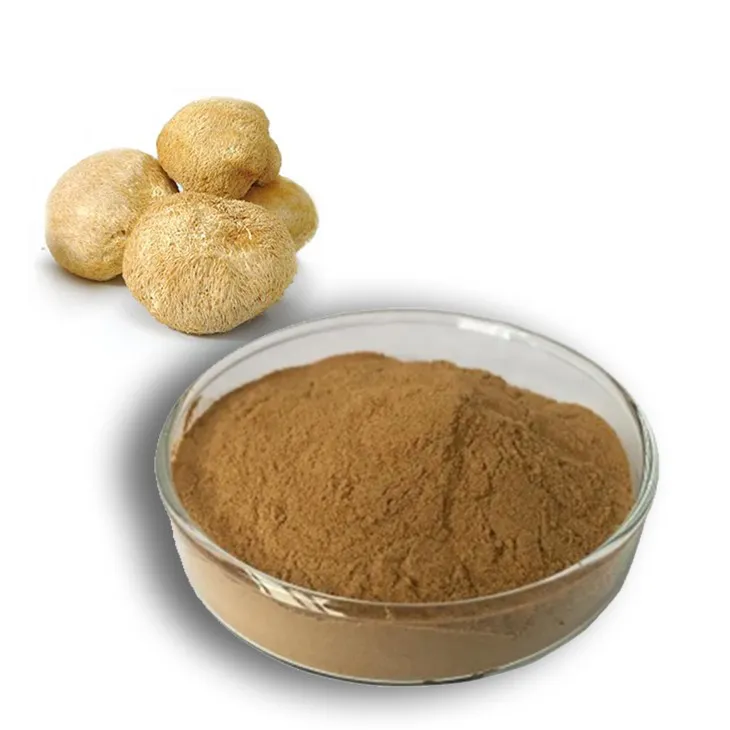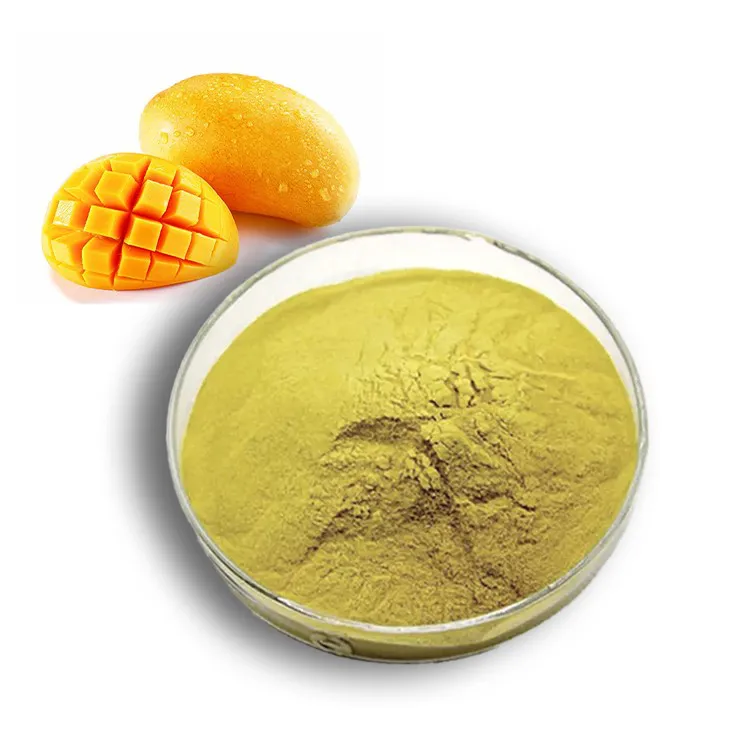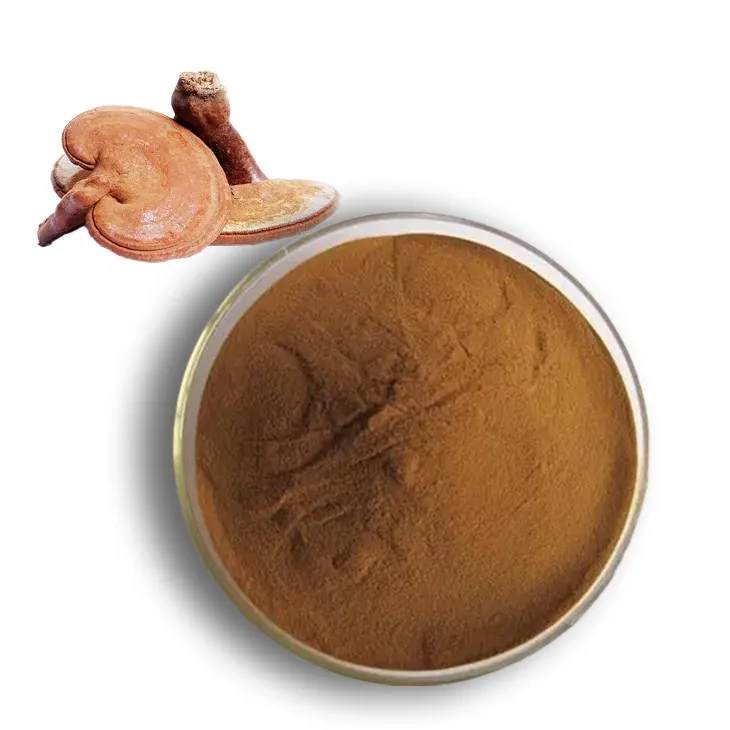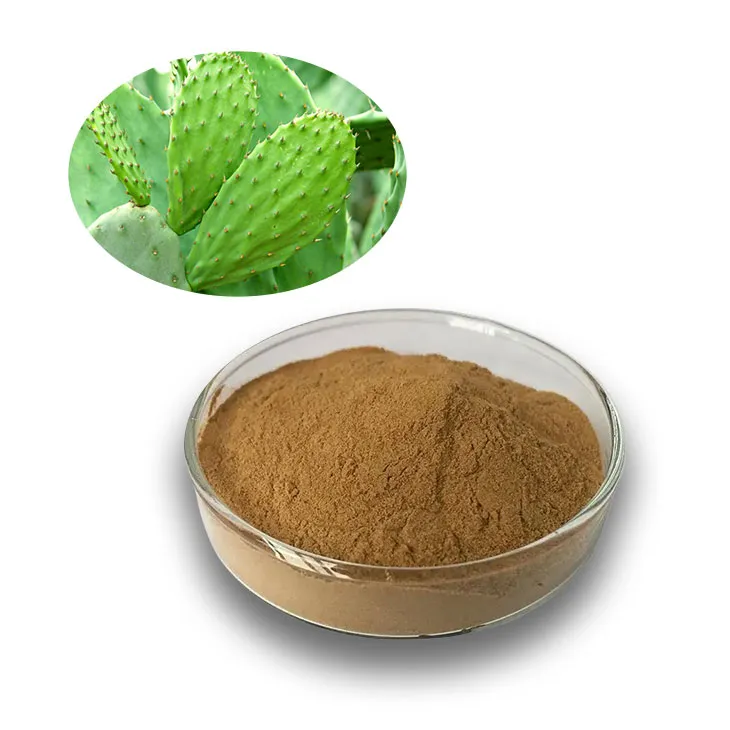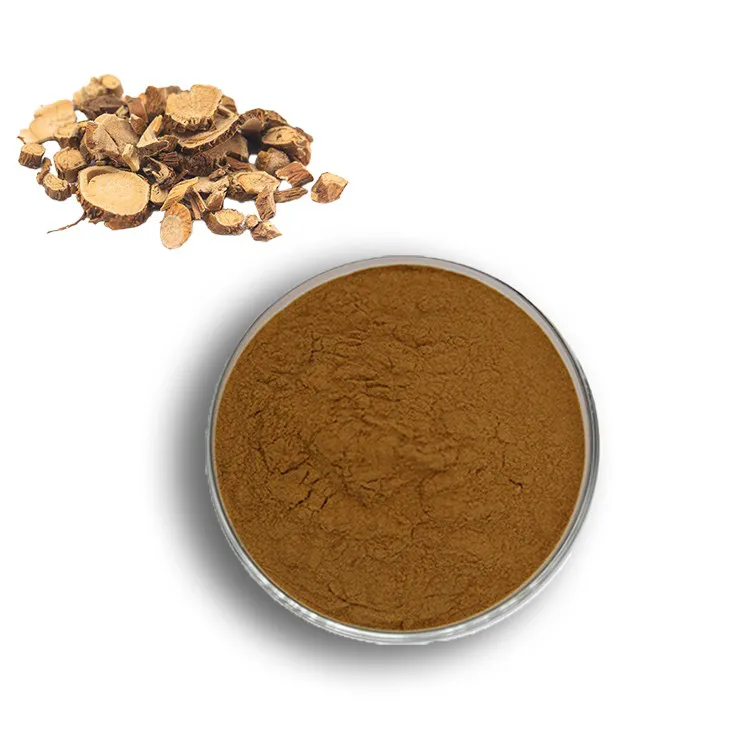- 0086-571-85302990
- sales@greenskybio.com
Cat Claw Extract: A Comprehensive Guide to Its Uses, Benefits, and Considerations
2024-07-04
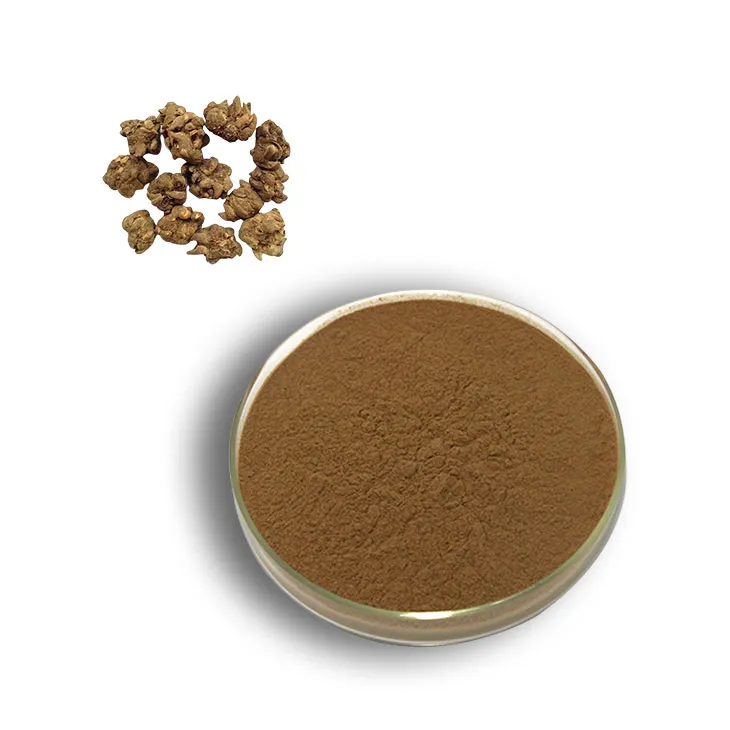
1. Introduction
In recent years, the Cat Claw Extract has become a highly debated topic within the realm of natural remedies. This extract, which is derived from a remarkable plant, has captured the attention of both the general public and the scientific community. As people increasingly seek alternative and complementary treatments, understanding the various aspects of Cat Claw Extract is of utmost importance.
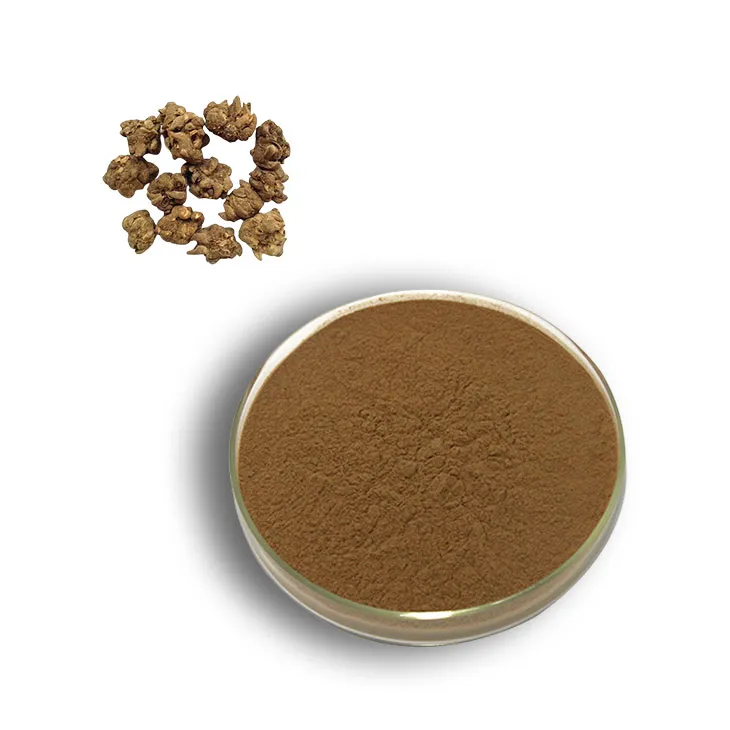
2. Source of Cat Claw Extract
Cat claw extract comes from a plant known as Uncaria tomentosa or Uncaria guianensis. These plants are native to the Amazon rainforest and other tropical regions. The name "cat claw" is derived from the plant's characteristic hooked thorns, which resemble a cat's claw.
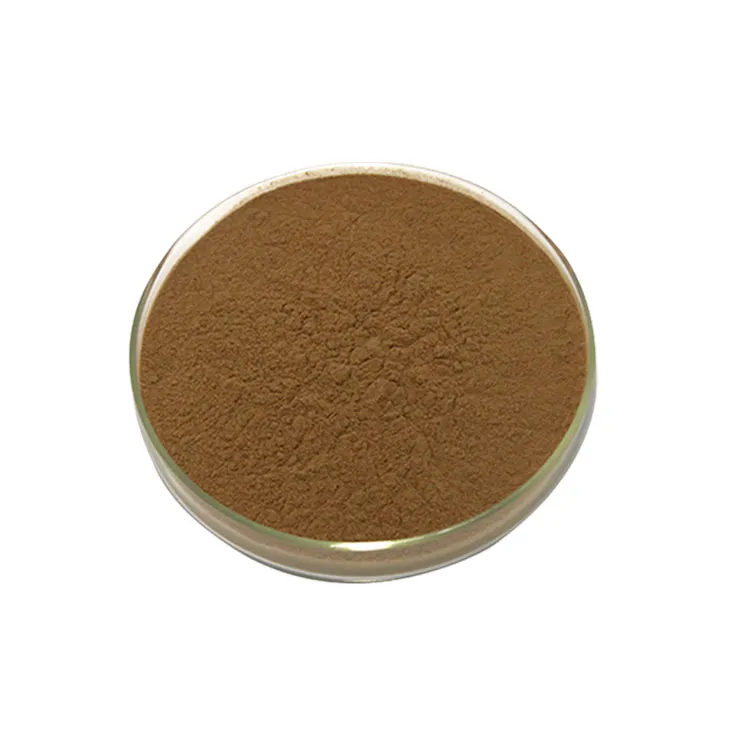
3. Bioactive Components in Cat Claw Extract
The cat claw extract is rich in a variety of bioactive components. These include alkaloids, flavonoids, and tannins.
3.1 Alkaloids
Alkaloids are nitrogen - containing compounds that have been found to have a wide range of biological activities. In cat claw extract, alkaloids may play a role in its potential medicinal properties. For example, some alkaloids have been studied for their effects on the immune system.
3.2 Flavonoids
Flavonoids are known for their antioxidant properties. In the context of cat claw extract, they may contribute to reducing oxidative stress in the body. Oxidative stress has been linked to various diseases, including cancer and cardiovascular diseases.
3.3 Tannins
Tannins are polyphenolic compounds that have astringent properties. In cat claw extract, tannins may be involved in its anti - inflammatory effects.
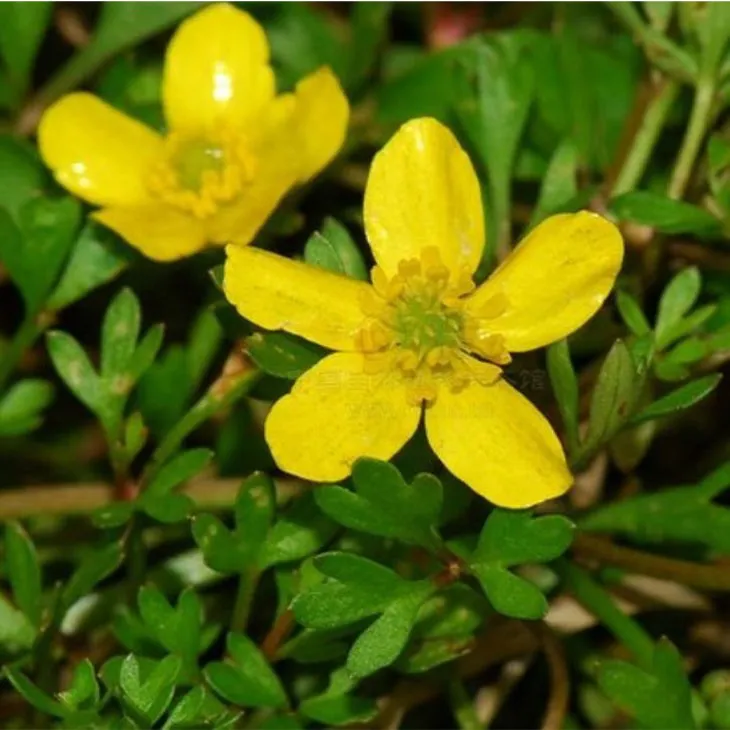
4. Potential Benefits of Cat Claw Extract
The cat claw extract has been associated with several potential benefits.
4.1 Anti - Cancer Properties
One of the most promising areas of research regarding cat claw extract is its potential anti - cancer properties. Some in - vitro and animal studies have suggested that certain components in the extract may inhibit the growth of cancer cells. However, it is important to note that more research is needed in this area. Human clinical trials are still in the early stages, and the full extent of its anti - cancer potential remains to be determined.
4.2 Pain and Inflammation Reduction
Cat claw extract has also shown potential in reducing pain and inflammation. It may be a viable alternative treatment for certain chronic pain conditions. The anti - inflammatory effects of the extract could be attributed to its bioactive components, such as tannins and flavonoids. For example, it may be beneficial for individuals with arthritis or other inflammatory joint disorders.
4.3 Immune System Support
Some of the alkaloids present in cat claw extract may have immunomodulatory effects. This means that they could potentially enhance the function of the immune system. A well - functioning immune system is crucial for fighting off infections and diseases. However, more research is needed to fully understand how cat claw extract can support the immune system in humans.
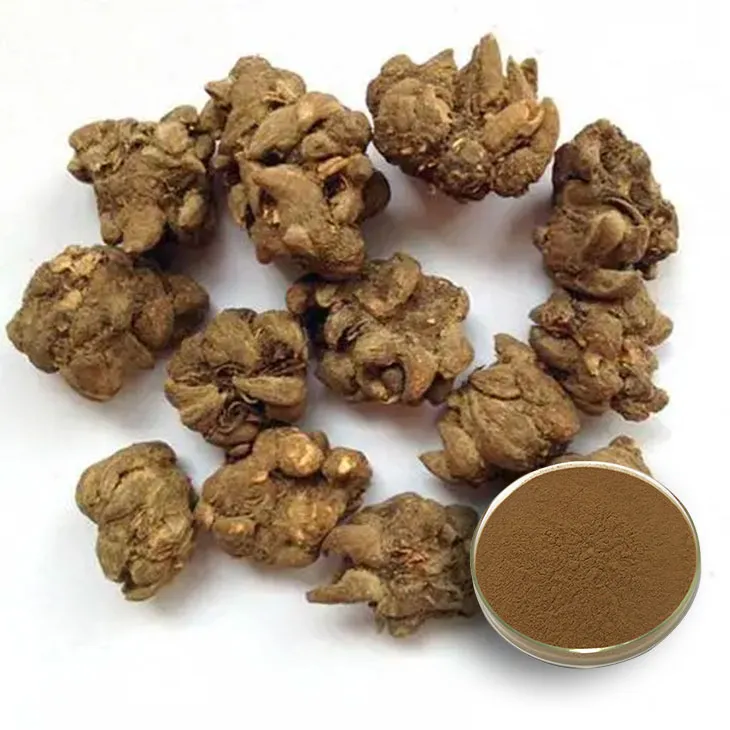
5. Regulatory Aspects of Cat Claw Extract
Regulatory aspects regarding cat claw extract vary from country to country. In some regions, it is considered a dietary supplement, while in others, it may be subject to more stringent regulations.
5.1 Dietary Supplement Classification
In many countries, cat claw extract is classified as a dietary supplement. This means that it is not regulated in the same way as pharmaceutical drugs. Dietary supplement manufacturers are often required to follow certain good manufacturing practices, but the level of scrutiny is generally lower than that for drugs. As a result, the quality and potency of cat claw extract products on the market can vary significantly.
5.2 Pharmaceutical - like Regulations in Some Areas
In some areas, there are more pharmaceutical - like regulations for cat claw extract. This may be due to concerns about its potential health effects or its use in traditional medicine. These regulations may require more extensive testing for safety and efficacy before the extract can be sold or used in medical treatments.
6. Concerns about Over - harvesting of the Plant
As the popularity of cat claw extract has increased, there are concerns about the over - harvesting of the plants from which it is sourced.
6.1 Impact on the Amazon Rainforest
Since Uncaria tomentosa and Uncaria guianensis are native to the Amazon rainforest, over - harvesting can have a significant impact on this delicate ecosystem. The Amazon rainforest is home to a vast array of plant and animal species, and any disruption to its balance can have far - reaching consequences.
6.2 Sustainability Efforts
To address the issue of over - harvesting, there are some sustainability efforts in place. These include initiatives to promote sustainable harvesting practices, such as only harvesting a certain percentage of the plant population each year. Additionally, there are efforts to cultivate cat claw plants in a more controlled environment, such as in plantations. However, these efforts are still in their early stages, and more needs to be done to ensure the long - term viability of the cat claw plant population.
7. How to Use Cat Claw Extract
If you are considering using cat claw extract, it is important to understand how to use it properly.
7.1 Forms of Cat Claw Extract
Cat claw extract is available in various forms, including capsules, tinctures, and powders. Capsules are a convenient option for those who prefer a pre - measured dose. Tinctures are liquid extracts that can be added to water or other beverages, while powders can be mixed with food or drinks.
7.2 Dosage Recommendations
The appropriate dosage of cat claw extract can vary depending on factors such as age, health condition, and the form of the extract. It is always best to consult a healthcare professional before starting any new supplement. In general, recommended dosages for cat claw extract range from 500 to 1000 milligrams per day for adults, but this can vary.
7.3 Precautions and Side Effects
While cat claw extract is generally considered safe for most people, there are some precautions to be aware of. Some individuals may experience side effects such as digestive issues, including nausea, vomiting, or diarrhea. Additionally, since cat claw extract may have immunomodulatory effects, it should be used with caution in individuals with autoimmune diseases. Pregnant or breastfeeding women should also avoid using cat claw extract until more research is available on its safety in these populations.
8. Conclusion
In conclusion, cat claw extract is a complex natural remedy with both potential benefits and considerations. Its bioactive components may offer various health - promoting effects, such as potential anti - cancer properties, pain and inflammation reduction, and immune system support. However, regulatory aspects are variable, and there are concerns about over - harvesting of the plant source. If you are interested in using cat claw extract, it is crucial to be well - informed about its uses, benefits, and potential risks. Consultation with a healthcare professional is always advisable to ensure safe and appropriate use.
FAQ:
What is cat claw extract?
Cat claw extract is obtained from a particular plant. It contains bioactive components which are believed to have various effects on health.
What are the potential benefits of cat claw extract?
It may have potential anti - cancer properties, although further research is required. Additionally, it has shown the potential to reduce pain and inflammation, which makes it a possible alternative treatment for some chronic pain conditions.
Are there any concerns regarding cat claw extract?
Yes, there are concerns. Regulatory aspects differ for cat claw extract. Also, there is a worry about over - harvesting of the plant from which it is sourced.
Can cat claw extract be used as a substitute for traditional cancer treatment?
At present, no. While it may have some potential anti - cancer properties, more research is needed. It should not be used as a substitute for established cancer treatments without medical advice.
How is cat claw extract regulated?
Regulatory aspects of cat claw extract vary. Different regions may have different rules regarding its production, sale, and use.
Related literature
- Cat's Claw (Uncaria tomentosa): A Systematic Review of Its Ethnobotanical, Phytochemical, and Pharmacological Profile"
- "Cat's Claw: A Herbal Medicinal Product with Broad - Spectrum Health - Promoting Properties"
- ▶ Hesperidin
- ▶ citrus bioflavonoids
- ▶ plant extract
- ▶ lycopene
- ▶ Diosmin
- ▶ Grape seed extract
- ▶ Sea buckthorn Juice Powder
- ▶ Beetroot powder
- ▶ Hops Extract
- ▶ Artichoke Extract
- ▶ Reishi mushroom extract
- ▶ Astaxanthin
- ▶ Green Tea Extract
- ▶ Curcumin Extract
- ▶ Horse Chestnut Extract
- ▶ Other Problems
- ▶ Boswellia Serrata Extract
- ▶ Resveratrol Extract
- ▶ Marigold Extract
- ▶ Grape Leaf Extract
- ▶ blog3
- ▶ Aminolevulinic acid
- ▶ Cranberry Extract
- ▶ Red Yeast Rice
- ▶ Red Wine Extract
-
Grape Seed Extract
2024-07-04
-
Black Pepper Extract
2024-07-04
-
Artichoke Leaf Extract
2024-07-04
-
Pomegranate Extract
2024-07-04
-
Polygonum multiflorum extract
2024-07-04
-
Hericium erinaceus extract powder
2024-07-04
-
Mango flavored powder
2024-07-04
-
Reishi mushroom extract
2024-07-04
-
Cactus Extract
2024-07-04
-
Sophora Flavescens Root Extract
2024-07-04











